One of the most obvious signs is that since the beginning of the year, real estate business credit has increased twice as fast as the average credit growth rate of the whole system. In the first 6 months of the year alone, credit of the whole system increased by about 10%, of which real estate business credit is estimated to increase by 20%.
The second quarter 2025 financial reports of a series of banks such as Techcombank, HDBank,SHB , MB... also show that real estate business loans of these banks increased by 20-35% compared to the end of last year.
Up to this point, real estate credit has reached a record level (about 3.2 million billion VND). It is not difficult to explain why banks are pouring capital into real estate. As the Governor of the State Bank said, the sharp increase in real estate credit in the first half of this year is in line with the direction of removing obstacles for the real estate market. Because, when the project is cleared of legal obstacles, the need for capital to implement will inevitably increase.
From an independent perspective, analysts say that in the context of production and consumption facing many difficulties, the main growth drivers are infrastructure and real estate. In addition, when lending for real estate, the actual loss rate is very low (due to the high liquidity of collateral). This is the reason why these two sectors strongly attract capital flows.
Although real estate credit is growing rapidly, the good news is that according to the State Bank, lending to this sector still ensures safety indicators. The proof is that the ratio of short-term capital used for medium and long-term loans is still below the threshold of 30%. The operator also continuously directs credit institutions to balance capital by term, ensuring system safety.
However, the real estate credit structure and capital structure of the real estate market recently have some unreasonable points.
Firstly, in terms of credit structure, outstanding loans for real estate business increased while loans for home purchase and home repair increased slowly, showing that bank capital mainly flows to investors, while people are not interested in buying houses to live in. This also comes from the imbalance in the market, when the supply of affordable and mid-range housing is increasingly absent. New supply in the market is mostly luxury apartments, while affordable, mid-range apartments and social housing are in great shortage. This is also the reason why the credit package of 145,000 billion VND for social housing loans, as well as credit packages for people under 35 years old, are disbursed very slowly.
Second, regarding the capital structure for the real estate market, previously, the debt capital structure of many real estate enterprises relied heavily on bonds, even up to 50-60%, but now it has decreased sharply by half. In the first 7 months of this year, bond issuance in the whole market increased by 63% compared to the end of last year, but real estate bond issuance alone increased by only more than 13%.
In fact, when credit loosens, lending interest rates hit rock bottom and banks are more open to real estate credit, many investors not only do not issue new bonds, but also rush to repay bonds early, switching to bank loans. The increased dependence of businesses on bank credit, especially in areas requiring long-term capital such as real estate, poses many risks to the banking system, especially the risk of term imbalance.
Although real estate credit is still safe at present, if it continues to increase sharply and capital flows mainly into high-end real estate projects as they are now, the market will inevitably experience instability.
To overcome this situation, we cannot expect adjustments from banks - which are strongly influenced by profit targets and shareholder interests - but need the regulatory hand of the State. Accordingly, the State Bank, the Ministry of Construction and other ministries and branches must have solutions to increase the supply of social housing, affordable housing and direct credit flow into these segments. In addition, when removing the credit room, the State Bank must also have more effective tools to direct capital flow into priority areas.
The long-term solution, as the Governor of the State Bank said, is to strongly develop the capital market, meet the demand for medium and long-term capital, thereby reducing the pressure on short-term capital sources of the banking system. Sectors that need large medium and long-term capital sources, such as real estate and infrastructure, need to mobilize through the issuance of corporate bonds, local bonds or international loans, etc., and cannot rely on bank credit forever.
Source: https://baodautu.vn/tranh-lech-pha-tin-dung-d361861.html














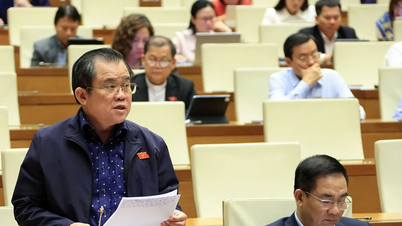





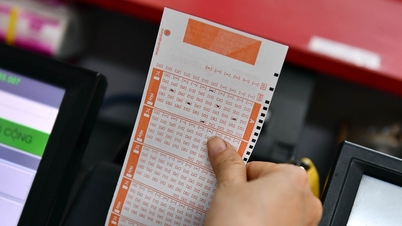































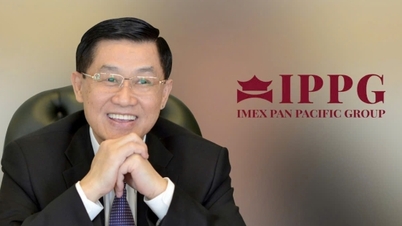


















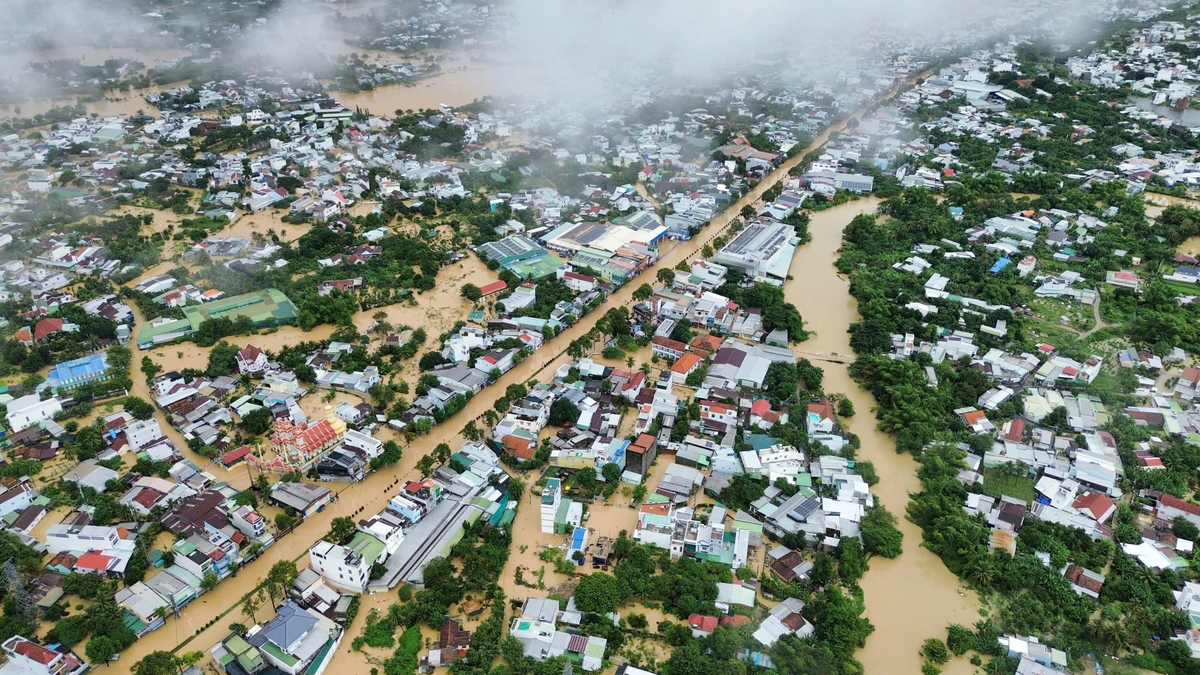











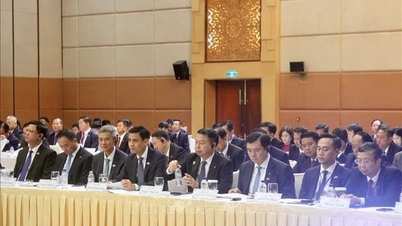

























Comment (0)